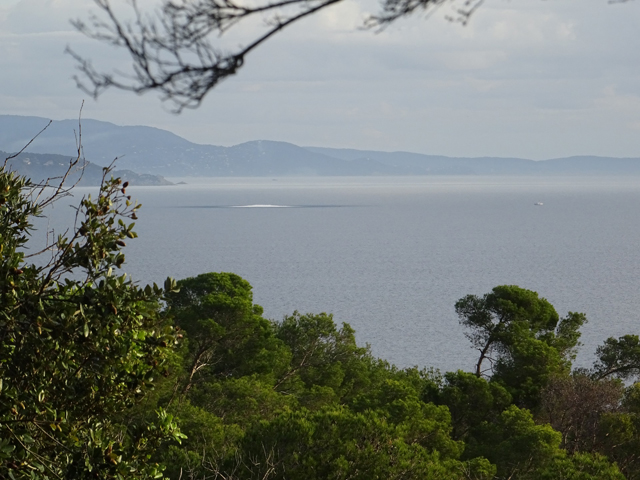25 November 2022–A study of hydroacoustic, acoustic and seismic waves from underwater explosions off the French coast could help guide the disposal of unexploded World War II ordnance (UXO) in those waters, according to a new study published in the Bulletin of the Seismological Society of America.
The French Navy Mine Warfare Office routinely destroys this ordnance with countermining—detonating a charge placed next to the UXO—to make the sea safe for ships and divers. The countermining charges are located on the seafloor or in a barrel floating in the water column.
Even small explosions can trigger effects such as underwater landslides or waves that could potentially damage shoreline or underwater infrastructure such as pipelines and cables, making it important to understand how these detonations behave and to limit their damage.
Mickaël Bonnin of the University of Nantes and colleagues had a unique opportunity to observe the effects of countermining explosions in December 2018. The researchers analyzed the seismic records of eight underwater explosions in the Bay of Hyères off the southeastern coast of France in the Mediterranean Sea. The data were recorded on hydrophones, a shock gauge and a dense array of seismic stations located onshore no further than 15 kilometers from the explosions. The explosions themselves were equivalent to 80-680 kilograms of TNT.

The most energetic signals recorded by the array were high amplitude, high frequency hydroacoustic or “H” signals. The researchers detected these signals at stations on rocky sites near the shoreline, suggesting they were likely conditioned by the shape of the bay and the sedimentary cover of the seabed.
Bonnin said the research team was surprised to be able to observe the H signals at all. “As seismologists rather focused on the study of the crust and the lithosphere, we were first interested in low frequency signals, of less than 50 hertz,” he explained. But by configuring the stations to record at high sampling rates, of 200 hertz and up, the team was able to observe the signals at some stations.
“These are observations that we would like to investigate further,” he added. “In particular, we would like to know if H waves can be observed further inland.”
The findings may also shed light on whether countermining explosions are less destructive and intrusive when placed on the seabed or in the water column. Placing the explosion in the water column rather than the seabed limits the release of seismic energy, so some experts prefer it to limit potential onshore damage.
However, the researchers’ observations of the seismic signal of the nearby Saint-Anne bell tower on Porquerolles Island found that even the largest explosion among the detonations did not release enough energy to damage the masonry structure.
Explosions in the water column, on the other hand, can cause a noise nuisance that is damaging to sea animals. Bonnin and colleagues found that while explosions in the water column do limit the release of seismic energy between 1 and 10 hertz, an explosion in the water column generates dramatically more energetic H signals than the same TNT-equivalent explosion on the seabed.
“We think that limiting the seismic energy release … is probably not necessary in view of the impact than an explosion in the water column can have on aquatic fauna,” Bonnin said.
“Moreover, we are not entirely sure that the discomfort that may be perceived on shore by the population is due to the seismic waves,” he added. “It is possible that it is caused by H waves and perhaps by acoustic waves. These two types of waves see their energy maximized when shooting in the water column.”
The study is part of a BSSA special section in on seismoacoustics and seismoacoustic data fusion.
